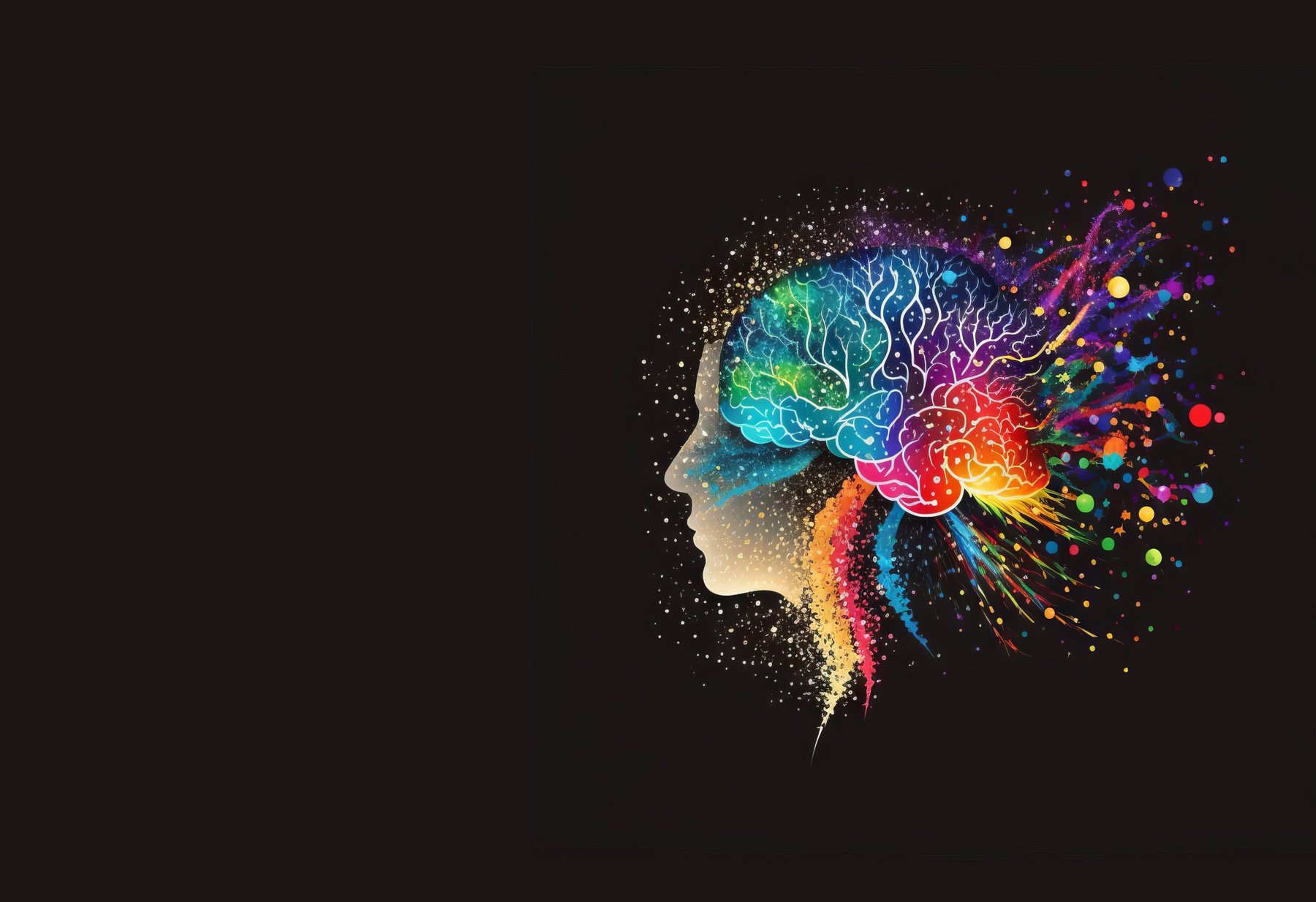
First of all,
People who are impacted by natural disasters and catastrophes may experience intense emotions of vulnerability, dread, and uncertainty, which can raise their anxiety levels. A hurricane, earthquake, wildfire, or pandemic can all cause abrupt disruptions to daily routines and pose a threat to human safety, which can exacerbate pre-existing mental health disorders and elicit strong emotional reactions. Managing anxiety during emergencies and natural catastrophes calls for a multimodal strategy that takes into account both short-term safety issues and long-term psychological repercussions. This article examines the difficulties in controlling anxiety during emergencies and natural disasters, typical symptoms that survivors confront, practical treatment choices, and methods for fostering resilience and well-being in the face of hardship.
Comprehending Anxiety in the Context of Emergencies and Natural Disasters
Anxiety is a normal reaction to the possibility of suffering bodily, psychological, or material injury or loss during emergencies and natural catastrophes. Anxiety can be increased by a number of factors, including the ambiguity surrounding the event, the disturbance of known routines and surroundings, and the feeling of powerlessness in the face of uncontrollable forces. Anxiety and anguish can also be made worse by the aftermath of a tragedy, which includes being uprooted, losing loved ones, and going through a difficult recovery process. It’s crucial to comprehend the particular difficulties in managing anxiety during emergencies and natural disasters in order to offer survivors meaningful assistance and solutions.
Common Anxiety Symptoms in the Disaster Aftermath
Survivors of natural disasters and emergencies frequently experience symptoms of anxiety, such as increased alertness or hypervigilance, nightmares, irritability, difficulty sleeping, feelings of panic or dread, and physical symptoms like trembling, sweating, rapid heartbeat, and gastrointestinal disturbances. These feelings are stress-adaptive reactions that warn people of possible dangers; nonetheless, severe or chronic worry can negatively impact everyday functioning and quality of life, making it harder for survivors to face the obstacles of rehabilitation.
Post-Traumatic Stress Disorder (PTSD) and Trauma
Emergencies and natural disasters can cause stressful events that have a lasting impact on mental health, possibly leading to the onset of post-traumatic stress disorder (PTSD). Following exposure to a traumatic event, intrusive thoughts, nightmares, flashbacks, and extreme emotional suffering are symptoms of post-traumatic stress disorder (PTSD). Because natural disasters are quick, intense events, survivors may be more susceptible to developing post-traumatic stress disorder (PTSD) as a result of the ongoing stress of healing and reconstruction. In order to avoid or lessen the long-term psychological effects of trauma, early intervention and support are essential.
Anxiety and Trauma Treatment Options
In the wake of calamities and natural disasters, therapy, medication, and support services catered to the specific need of survivors may be available as treatments for anxiety and trauma. Trauma-focused therapies, like eye movement desensitization and reprocessing (EMDR) and cognitive-behavioral therapy (CBT), can assist patients in processing painful experiences, challenging unhelpful beliefs, and creating coping mechanisms to control symptoms of anxiety and post-traumatic stress disorder (PTSD). To treat anxiety symptoms and encourage emotional stability, doctors may also prescribe drugs like benzodiazepines or selective serotonin reuptake inhibitors (SSRIs). Furthermore, community-based resources, peer counseling, and support groups can offer survivors’ experiences important social validation and support.
Coping Mechanisms and Strengthening of Resilience
Coping mechanisms and resilience-building approaches are crucial for assisting survivors in overcoming stress and anxiety both during and after crises and natural disasters. Self-care techniques include progressive muscular relaxation, deep breathing exercises, mindfulness meditation, and partaking in activities that enhance wellbeing and relaxation are a few examples of these. In the midst of hardship, survivors can also feel connected, supported, and powerful by developing social networks, asking for aid from reliable friends, family members, or mental health professionals, and taking part in community-based recovery initiatives.
Encouraging Community Preparedness and Resilience
Encouraging community preparedness and resilience is essential to reducing the psychological effects of emergencies and natural disasters as well as promoting long-term healing and wellbeing. This could entail putting preparedness plans into action, educating and training people on coping mechanisms and psychological first aid, and bolstering community resources and social support systems. Creating resilient communities that place a high value on mental health and wellbeing can assist people and families in managing the difficulties posed by disasters and in growing stronger and more resilient in the wake of it.
Final Thoughts
Managing anxiety during emergencies and natural disasters is a difficult process that calls for a comprehensive strategy to handle both short-term safety concerns and long-term psychological repercussions. Survivors can navigate the challenges of recovery and rebuild their lives with strength, courage, and resilience if they recognize common symptoms, implement effective treatment options, and understand the unique challenges of managing anxiety in the wake of disasters. They can also promote resilience and well-being through coping strategies and community support. Communities may grow stronger and more resilient in the face of hardship by taking proactive measures and committing to mental health and well-being as a group, promoting a sense of optimism, connection, and healing for everyone.






